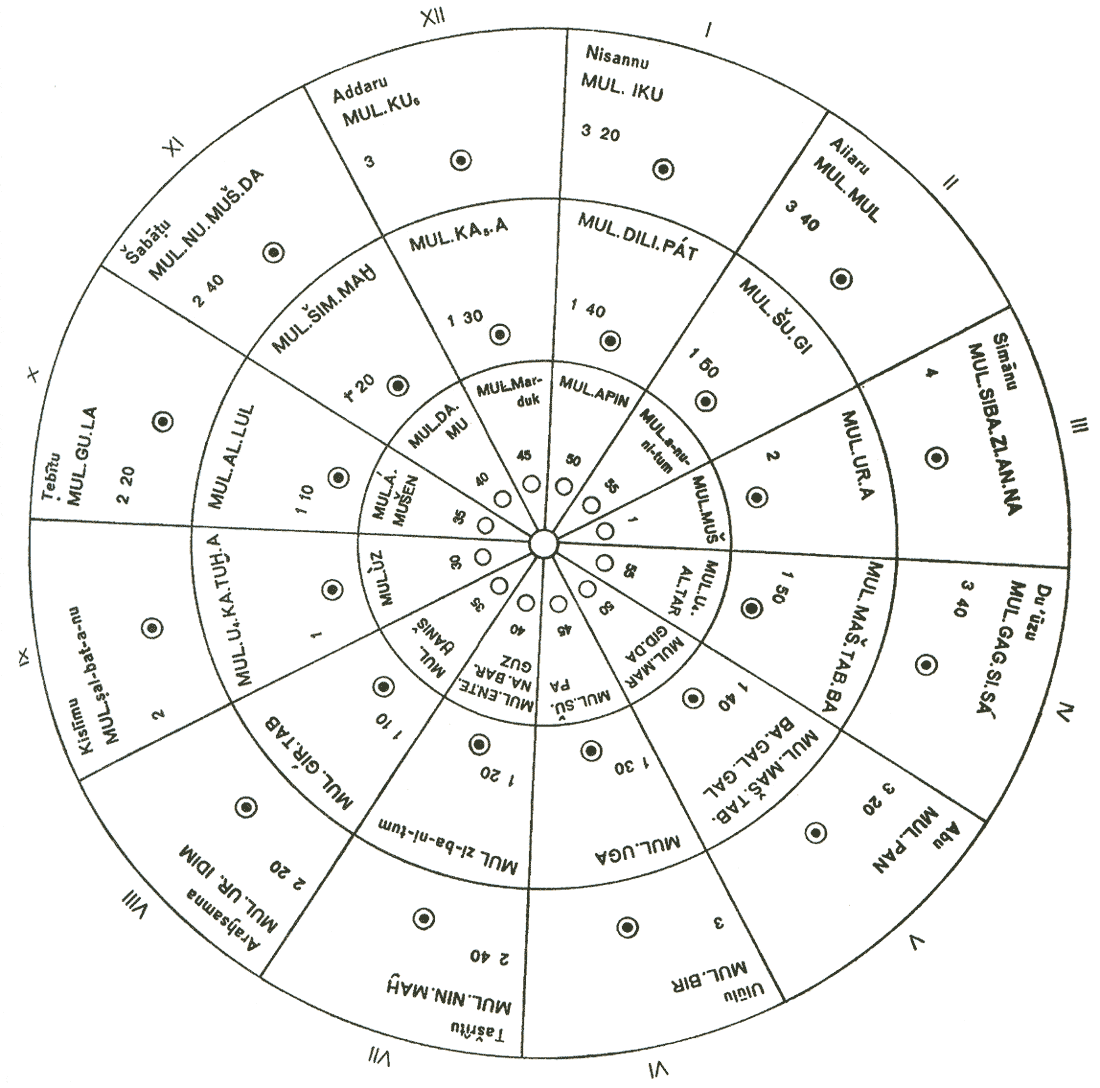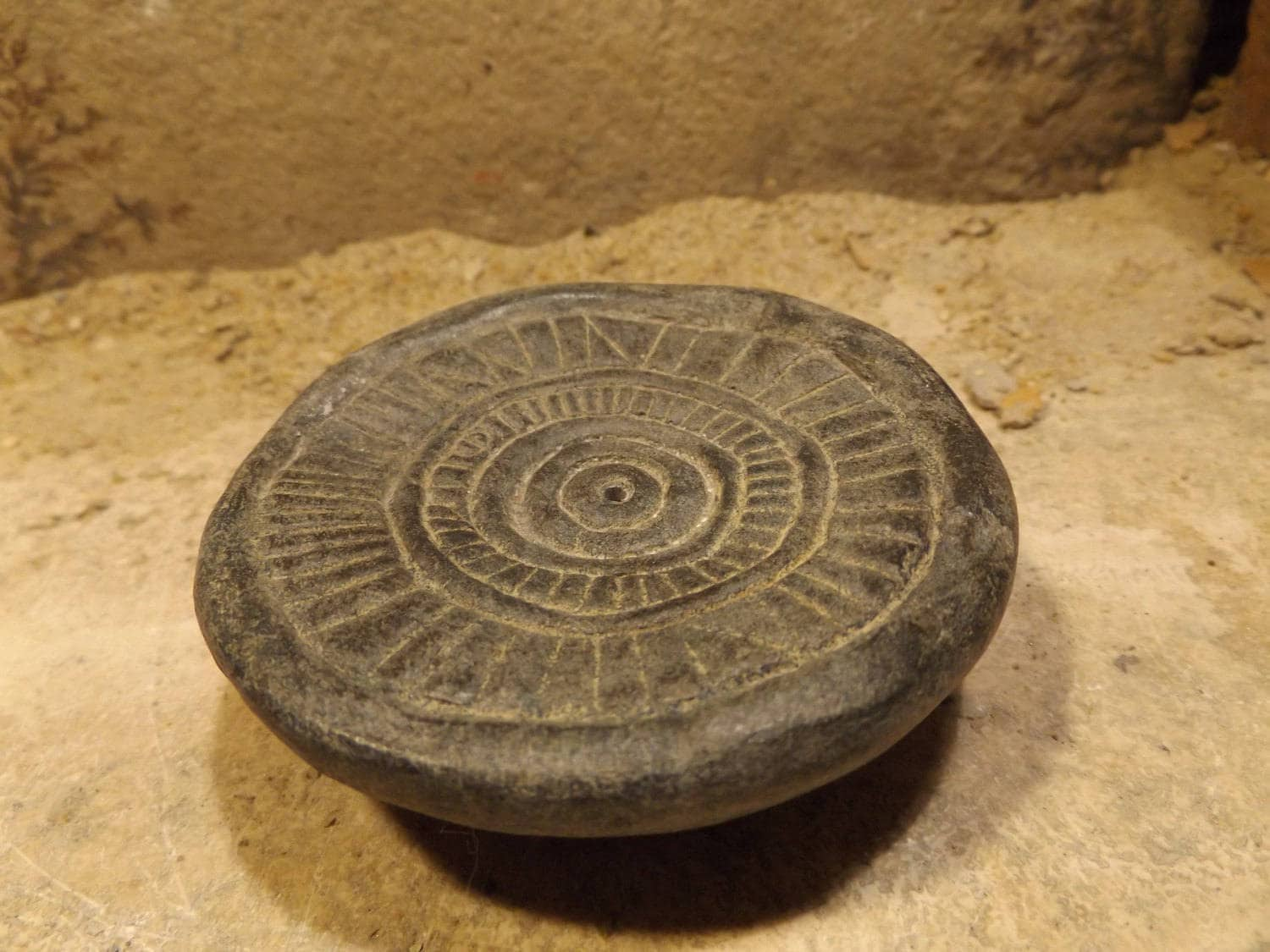Calendar Of Mesopotamia
Calendar Of Mesopotamia - This chapter discusses the structure of the calendar, local variations, the role of the calendar in society, and the. Web the babylonian calendar was a lunisolar calendar with years consisting of 12 lunar months, each beginning when a new crescent moon was first sighted low on the western horizon at sunset, plus an intercalary. Web babylonian calendar, chronological system used in ancient mesopotamia, based on a year of 12 synodic months—i.e., 12 complete cycles of phases of the moon. Web the calendar used today in the west has its roots in the system developed by the astronomers of mesopotamia—and particularly the mesopotamian civilization of babylonia—during the period from the third. Web in mesopotamia the solar year was divided into two seasons, the “summer,” which included the barley harvest in the second half of may or in the beginning of june, and the “winter,” which roughly corresponded to. Web the civil calendar used throughout ancient mesopotamia was a lunisolar calendar. This lunar year of about 354 days was more or less. Web the calendar used today in the west has its roots in the system developed by the astronomers of mesopotamia—and particularly the mesopotamian civilization of babylonia—during the period from the third. Web the civil calendar used throughout ancient mesopotamia was a lunisolar calendar. Web the babylonian calendar was a lunisolar calendar with years consisting of 12 lunar months, each beginning. Web the calendar used today in the west has its roots in the system developed by the astronomers of mesopotamia—and particularly the mesopotamian civilization of babylonia—during the period from the third. Web in mesopotamia the solar year was divided into two seasons, the “summer,” which included the barley harvest in the second half of may or in the beginning of. This chapter discusses the structure of the calendar, local variations, the role of the calendar in society, and the. Web the babylonian calendar was a lunisolar calendar with years consisting of 12 lunar months, each beginning when a new crescent moon was first sighted low on the western horizon at sunset, plus an intercalary. This lunar year of about 354. Web in mesopotamia the solar year was divided into two seasons, the “summer,” which included the barley harvest in the second half of may or in the beginning of june, and the “winter,” which roughly corresponded to. Web babylonian calendar, chronological system used in ancient mesopotamia, based on a year of 12 synodic months—i.e., 12 complete cycles of phases of. Web the babylonian calendar was a lunisolar calendar with years consisting of 12 lunar months, each beginning when a new crescent moon was first sighted low on the western horizon at sunset, plus an intercalary. This lunar year of about 354 days was more or less. Web babylonian calendar, chronological system used in ancient mesopotamia, based on a year of. Web the calendar used today in the west has its roots in the system developed by the astronomers of mesopotamia—and particularly the mesopotamian civilization of babylonia—during the period from the third. This chapter discusses the structure of the calendar, local variations, the role of the calendar in society, and the. Web the civil calendar used throughout ancient mesopotamia was a. This lunar year of about 354 days was more or less. Web in mesopotamia the solar year was divided into two seasons, the “summer,” which included the barley harvest in the second half of may or in the beginning of june, and the “winter,” which roughly corresponded to. Web the babylonian calendar was a lunisolar calendar with years consisting of. Web the calendar used today in the west has its roots in the system developed by the astronomers of mesopotamia—and particularly the mesopotamian civilization of babylonia—during the period from the third. Web in mesopotamia the solar year was divided into two seasons, the “summer,” which included the barley harvest in the second half of may or in the beginning of. Web the civil calendar used throughout ancient mesopotamia was a lunisolar calendar. This chapter discusses the structure of the calendar, local variations, the role of the calendar in society, and the. Web in mesopotamia the solar year was divided into two seasons, the “summer,” which included the barley harvest in the second half of may or in the beginning of. Web the civil calendar used throughout ancient mesopotamia was a lunisolar calendar. Web in mesopotamia the solar year was divided into two seasons, the “summer,” which included the barley harvest in the second half of may or in the beginning of june, and the “winter,” which roughly corresponded to. Web the babylonian calendar was a lunisolar calendar with years consisting. Web the civil calendar used throughout ancient mesopotamia was a lunisolar calendar. This chapter discusses the structure of the calendar, local variations, the role of the calendar in society, and the. Web in mesopotamia the solar year was divided into two seasons, the “summer,” which included the barley harvest in the second half of may or in the beginning of june, and the “winter,” which roughly corresponded to. This lunar year of about 354 days was more or less. Web babylonian calendar, chronological system used in ancient mesopotamia, based on a year of 12 synodic months—i.e., 12 complete cycles of phases of the moon. Web the calendar used today in the west has its roots in the system developed by the astronomers of mesopotamia—and particularly the mesopotamian civilization of babylonia—during the period from the third. Web the babylonian calendar was a lunisolar calendar with years consisting of 12 lunar months, each beginning when a new crescent moon was first sighted low on the western horizon at sunset, plus an intercalary.INVENTS AND PROGRESS
The 12th 06
Sumerian Calendar Sumer, Sumerian, Ancient cities
Sundial calendar Mesopotamia Ancient Qumran 200 B.C.E Solar year clock
Sundial calendar Mesopotamia Ancient Qumran 200 B.C.E Solar year clock
Astronomical calendar for the Sumerian civilization (Eckhardt Etheling
The Sumerian Calendar Projeda
Sundial calendar Mesopotamia Ancient Qumran 200 B.C.E Solar year clock
A Babylonian Almanac. The Middle Babylonian Almanac above lists the 12
Mesopotamia Inventions by Chela Hinojosa
Related Post:









